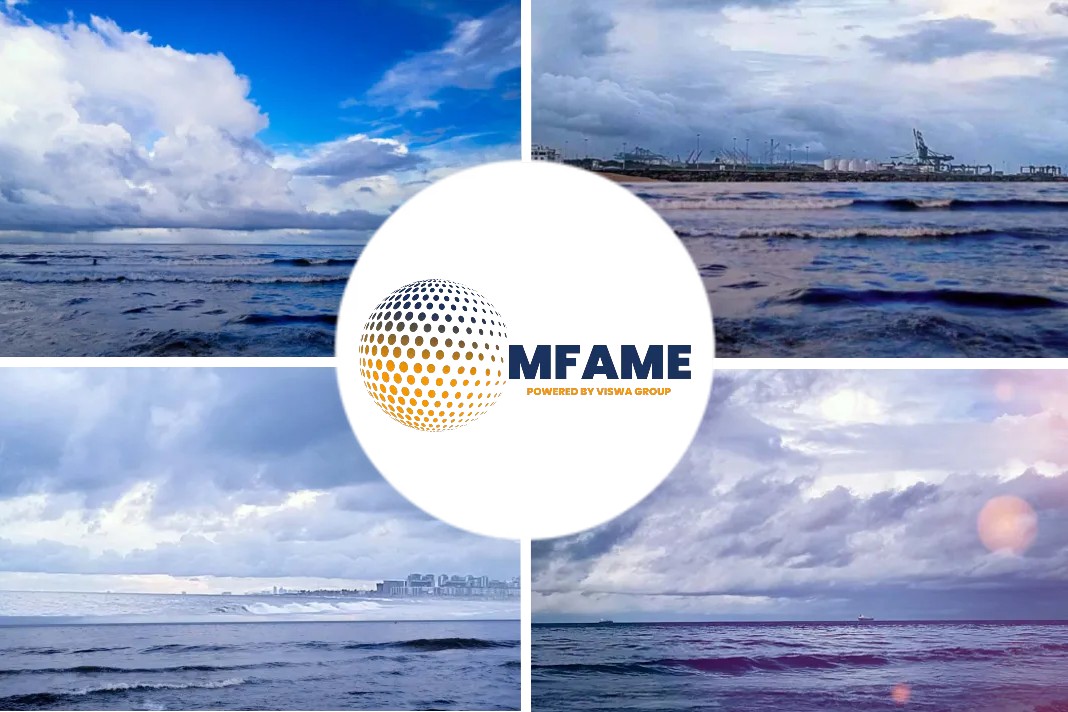-
The International Maritime Organization is set to revise its target related to the shipping industry’s emissions — responsible for 3% of global greenhouse gas emissions — in 2023.
-
As the sector transitions, Mexico, South Africa and Indonesia are set to be key leaders and beneficiaries of the shift to sustainable shipping.
-
Full sector decarbonization could be worth over $1 trillion — but it requires international cooperation and supportive regulation.
Shipping accounts for close to 3% of global greenhouse gas (GHG) emissions. The latest IPCC reports have shown a pressing need to decarbonize all sectors, including heavy industry, and align with the goal of no more than 1.5°C of warming outlined in the Paris Agreement.
The International Maritime Organization (IMO), through its initial Greenhouse Gas Strategy, aims to halve shipping emissions by 2050, compared with 2008 levels. As the industry seeks to raise climate ambition and align with science-based climate targets, there has been a push for full sector decarbonization by 2050.
This ambitious goal will require huge amounts of scalable zero-emission fuels — that means it also constitutes a major economic opportunity for countries with the potential to produce, bunker and export this kind of fuel, including many developing and emerging economies.
Three emerging economies to watch
The P4G-Getting to Zero Coalition Partnership has identified concrete business opportunities in South Africa, Mexico and Indonesia that could contribute to the energy transition for international shipping while stimulating sustainable and inclusive economic growth.
South Africa
Located along key maritime shipping routes and recognized as one of Sub-Saharan Africa’s main logistics hubs, South Africa can be a key beneficiary of the decarbonization of shipping.
The country’s eight primary ports play an essential role in the international trade of the nation’s iron ore, coal and precious metals. However, as longer-term global demand for coal dries up, South Africa could tap into its high renewable potential and create an export market for clean hydrogen-derived fuels while creating green jobs.
The South African government plans on meeting its Paris Agreement pledge through decarbonizing the local electricity sector. To achieve this, it is working to ensure that coal-based energy accounts for no more than 30% of the country’s energy supply by 2040 — a pathway that will require scaled production of renewable energy to meet local energy demand. Surplus energy could be directed towards decarbonizing heavy industries like mining, trucking and shipping.
Mexico
Mexico is a key Latin American logistics hub. With over 100 ports spread across its Atlantic and Pacific coastlines, Mexico connects to Asia, Africa and Europe. It also has a wide array of renewable sources that could be used to diversify the local energy mix — as long as the necessary policies are put in place to support such a development and stimulate investment.
Mexico’s current energy infrastructure can be leveraged to produce renewable energy, diversify the local energy mix and contribute to a reduction of emissions from maritime activities, which contributed close to 3% of Mexico’s national GHG emissions in 2018. This brings Mexico closer to achieving its national pledge of cutting national GHG emissions by 22% by 2030 and 50% by 2050 and reaching its goal of ensuring that by 2024, 35% of the national energy mix is sourced from renewables.
Indonesia
Indonesia’s unique geography necessitates the use of shipping vessels for both local and international trade. For this reason, Indonesia has about 1,700 ports, 111 of which are used for commercial purposes.
Indonesia is close to key shipping routes — the Strait of Malacca and the Sunda Strait — and it boasts vast renewable energy sources, mostly in the form of geothermal and solar. These could be instrumental in reducing the country’s domestic maritime emissions, especially from its small vessel fleet, and help Indonesia reach its target to reduce GHG emissions by 29%-41% by 2030.
A trillion-dollar opportunity
Despite the many renewable energy projects currently underway or planned in these countries, the challenge of scalability remains. Based on current IMO targets, the industry’s energy transition presents an investment opportunity worth $1-$1.4 trillion. This could be as high as $1.9 trillion if the IMO formalizes a target of full sector decarbonization by 2050.
Mobilizing this investment to scale up the production of green fuels in a just and equitable fashion will require international collaboration to shape policy, regional and multilateral agreements and supportive frameworks from regulatory bodies. Implementing projects like green corridor pilots to attract investment and create entry points for first movers presents further opportunities.
South Africa, Mexico and Indonesia can position themselves as regional leaders in the decarbonization of shipping. They are among the top development contributors in their regions. These countries can advocate on behalf of other developing and emerging economies for an enabling framework that will see them turn ambition into reality via raised economic viability.
By capitalizing on opportunities and mitigating risks, the shipping industry can help rather than hinder the world’s move toward net zero, and, in doing so, avert a full-scale climate crisis.
Did you subscribe to our daily Newsletter?
It’s Free! Click here to Subscribe
Source: World Economic Forum















![[Watch] Crazy Power Needed to Move World’s Largest Containerships](https://mfame.guru/wp-content/uploads/2023/11/mfame-tanker-100x70.jpg)
